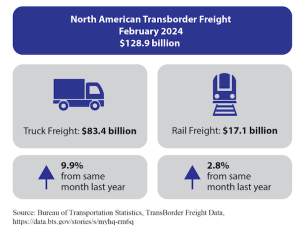Fortescue's rail line is considered its prized asset as it is the only iron ore railway built in Western Australia to challenge the stranglehold of the iron ore giants in Western Australia, Rio Tinto and BHP Billiton, who have not allowed other miners to use their rail lines.
Australia's No.3 iron ore miner could raise as much as $5 billion for a 49 percent stake, analysts estimate, but it would depend on how a deal is structured and what rate another owner could charge Fortescue and others to access the rail and port servicing the iron-rich Pilbara area.
Smaller iron ore miners and aspiring producers, like billionaire Gina Rinehart's Roy Hill project and Atlas Iron , could be keen to use Fortescue's rail line rather than struggling to raise funding to build new lines.
Fortescue said it has received strong interest from strategic and financial parties for the port and rail assets, housed in a unit called The Pilbara Infrastructure (TPI), which had led to talks with a small group of investors.
"They are also attracted by the fact that TPI is the only provider of third-party infrastructure in the Pilbara and the logistics chain is fully operational. This provides an outstanding investment opportunity," Fortescue Metals Chief Executive Nev Power said in a statement.
The firm did not disclose who it had been talking to but potential buyers could include pension funds such as Canada Pension Plan Investment Board and Ontario Teachers' Pension Plan, both of which have previously invested in Australian infrastructure assets.
Another possible interested party is Brookfield Infrastructure Partners, whose Brookfield Rail arm runs rail lines in Western Australia. A Brookfield spokeswoman was not immediately available for comment.
Talks are unlikely to result in a swift deal, due to complications over charges for port and rail use.
Jewell in the Crown
A deal would help Fortescue accelerate paying down debt after recently putting the brakes on its ambitious iron ore expansion, refinancing $5 billion in debt, and selling power and mine assets after iron ore prices hit a three-year low of $87 a tonne in September. Prices have since rebounded to $129.
Analysts said shareholders would be much more comfortable if Fortescue cut its $12 billion in debt to pare its interest costs, while pushing ahead with its expansion to 155 million tonnes a year, which will help lower its average cost of output.
"If you could see them take $2-$3 billion off their balance sheet, you could see a much easier path to complete their expansion and get to 30-40 pct gearing by 2014 on fairly conservative iron ore prices," said Chris Drew, an analyst at RBC Capital Markets.
However, analysts also raised concern that a sale of the infrastructure assets would result in higher costs as Fortescue would have to pay a tariff to use the port and rail which would be higher than its current cost of around $5 a tonne.
"Why would you sell the jewel in the crown?" said Glyn Lawcock, an analyst at UBS.
"I'd prefer to see an asset sale done on the mines than infrastructure, because you're baking in higher costs."
If Fortescue's rail was opened to other miners, a company like Atlas Iron, which needs access to a rail line to get to its production goal of 46 million tonnes a year, could avoid having to build its own railway, which it is studying with rail operator Aurizon Ltd, formerly called QR National.
A senior Fortescue executive said recently the port and rail assets are "incredibly valuable" and stressed the company would only sell a stake in the business if it could retain total control over the operation.
Power said on Monday the sale would only go ahead at "full and fair market value and on the basis that the current efficiency of infrastructure and mining o







